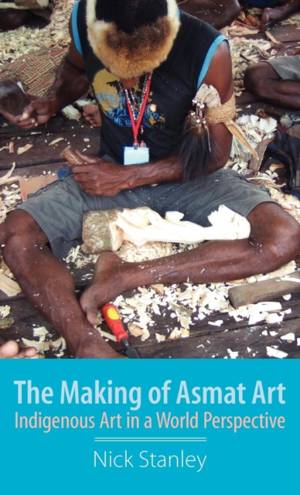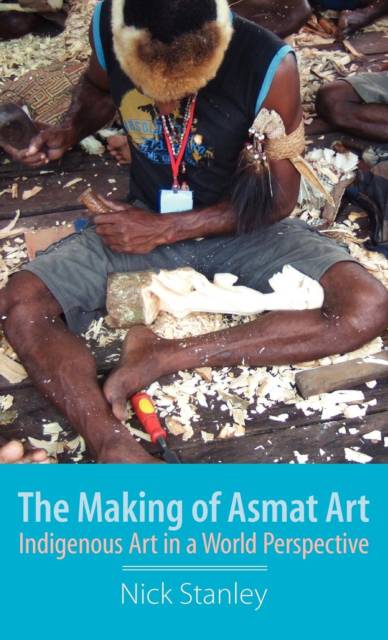
- Afhalen na 1 uur in een winkel met voorraad
- Gratis thuislevering in België vanaf € 30
- Ruim aanbod met 7 miljoen producten
- Afhalen na 1 uur in een winkel met voorraad
- Gratis thuislevering in België vanaf € 30
- Ruim aanbod met 7 miljoen producten
Zoeken
€ 90,95
+ 181 punten
Omschrijving
Why has Asmat art, from a remote and small south-coast West Papuan society, had such a significant and prolonged impact on the world stage? This book explores the way major collections were made and examines the motivations of the collectors, their relationships with those from whom they purchased and the circumstances of the exchange. It also considers the involvement of artists and film-makers, anthropologists, representatives of the civil authorities and missionaries. Asmat artists have maintained their unique appeal through constant stylistic innovation and by engagement with new publics, both locally and internationally, as exemplified by the recent displays of women's weaving alongside the men's carved wooden shields, drums and figures. Despite accelerating social changes, Asmat art continues to thrive as a compelling and transformative Melanesian presence in the global art world. 'Awe-inspiring works of Asmat art loom large in the Metropolitan Museum of Art in New York and in dozens of other great museums around the world. Nick Stanley's engagingly written study provides the best history to date of the making of Asmat art traditions and of their avid acquisition by successive European and north American collectors. Most importantly, the book foregrounds the creativity and imagination of Asmat artists themselves. This is a book that will be welcomed by everyone interested in the arts of the Pacific.' Nicholas Thomas, University of Cambridge
Specificaties
Betrokkenen
- Auteur(s):
- Uitgeverij:
Inhoud
- Aantal bladzijden:
- 264
- Taal:
- Engels
Eigenschappen
- Productcode (EAN):
- 9781907774201
- Verschijningsdatum:
- 31/12/2012
- Uitvoering:
- Hardcover
- Formaat:
- Genaaid
- Afmetingen:
- 140 mm x 216 mm
- Gewicht:
- 453 g

Alleen bij Standaard Boekhandel
+ 181 punten op je klantenkaart van Standaard Boekhandel
Beoordelingen
We publiceren alleen reviews die voldoen aan de voorwaarden voor reviews. Bekijk onze voorwaarden voor reviews.











